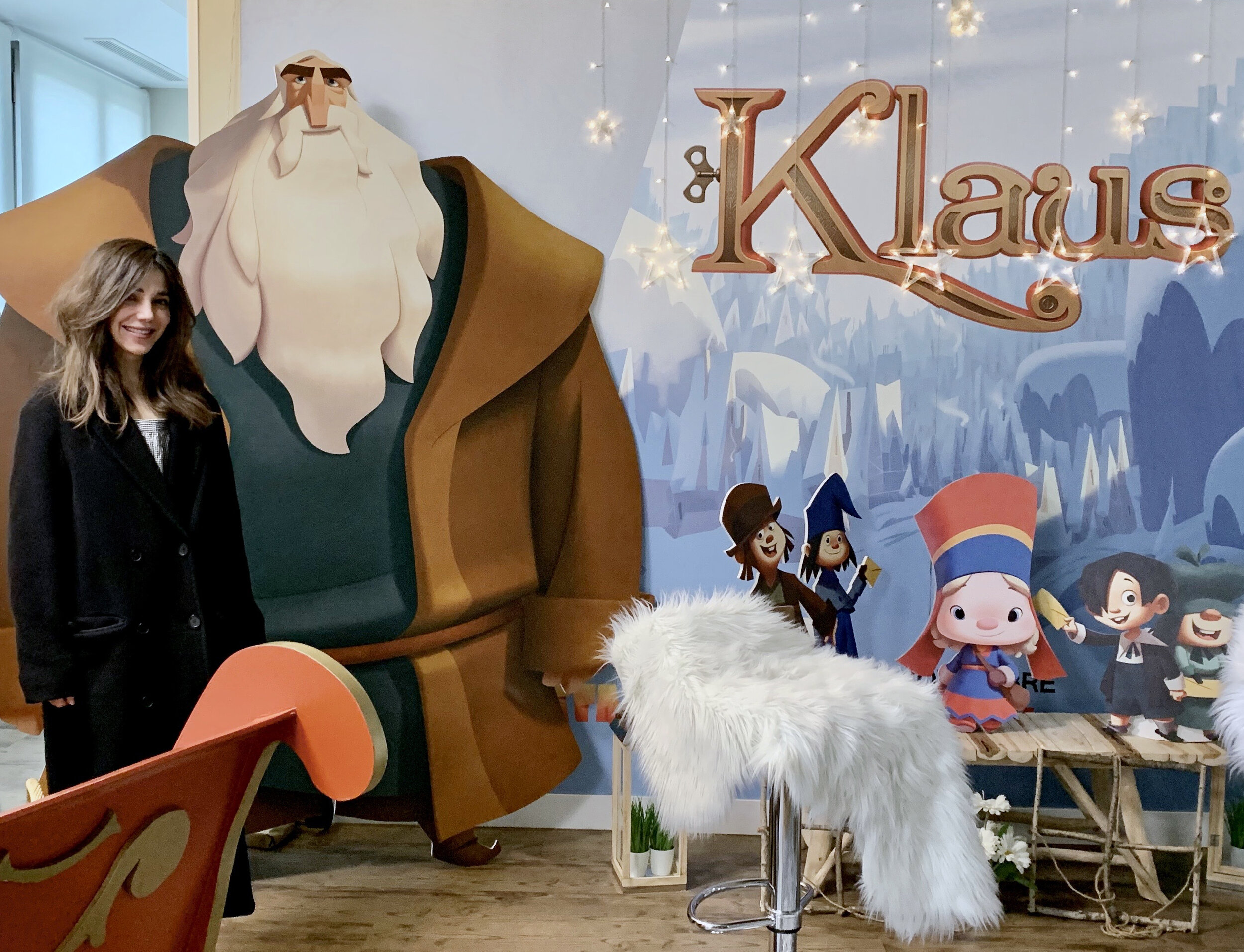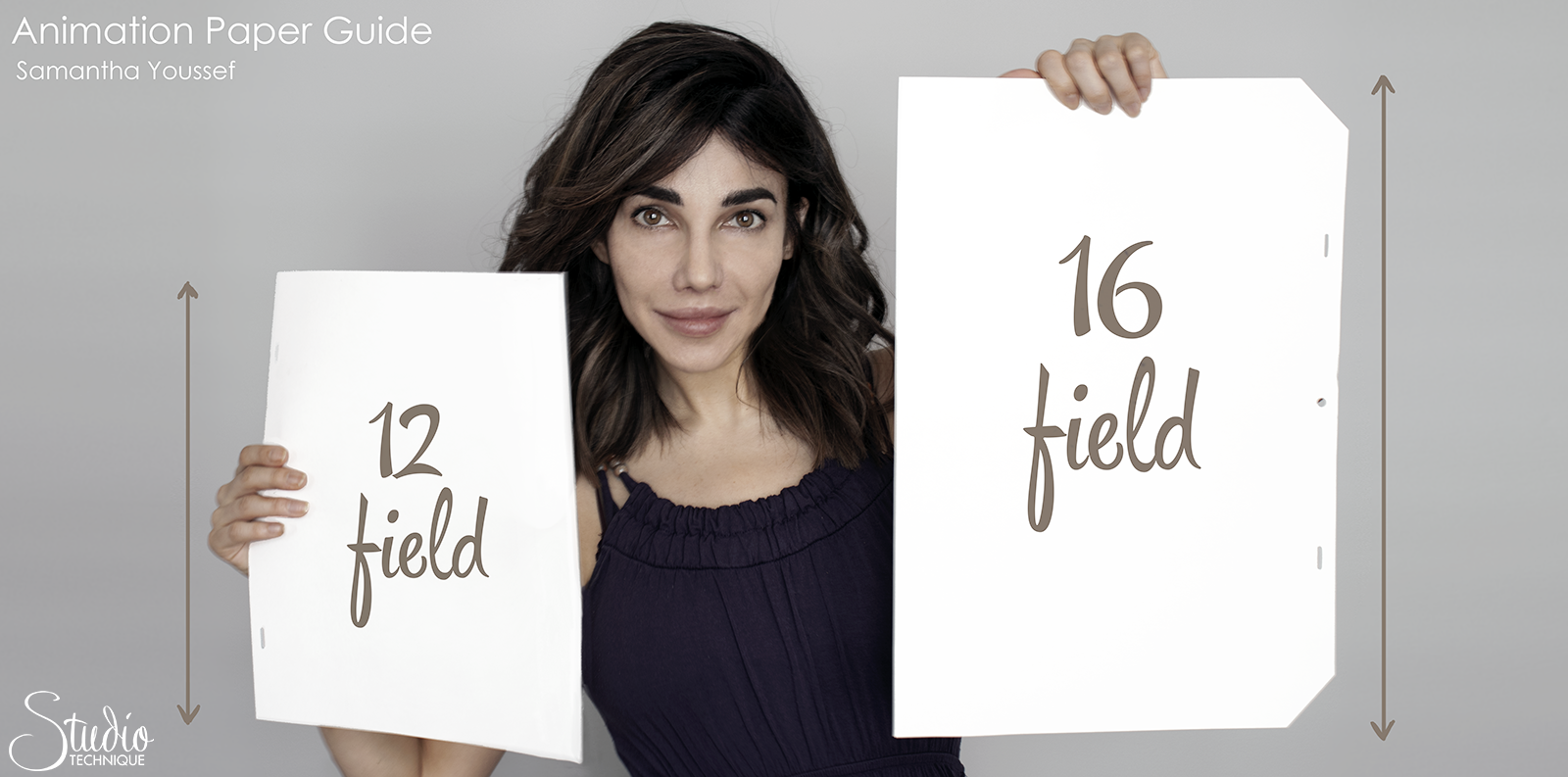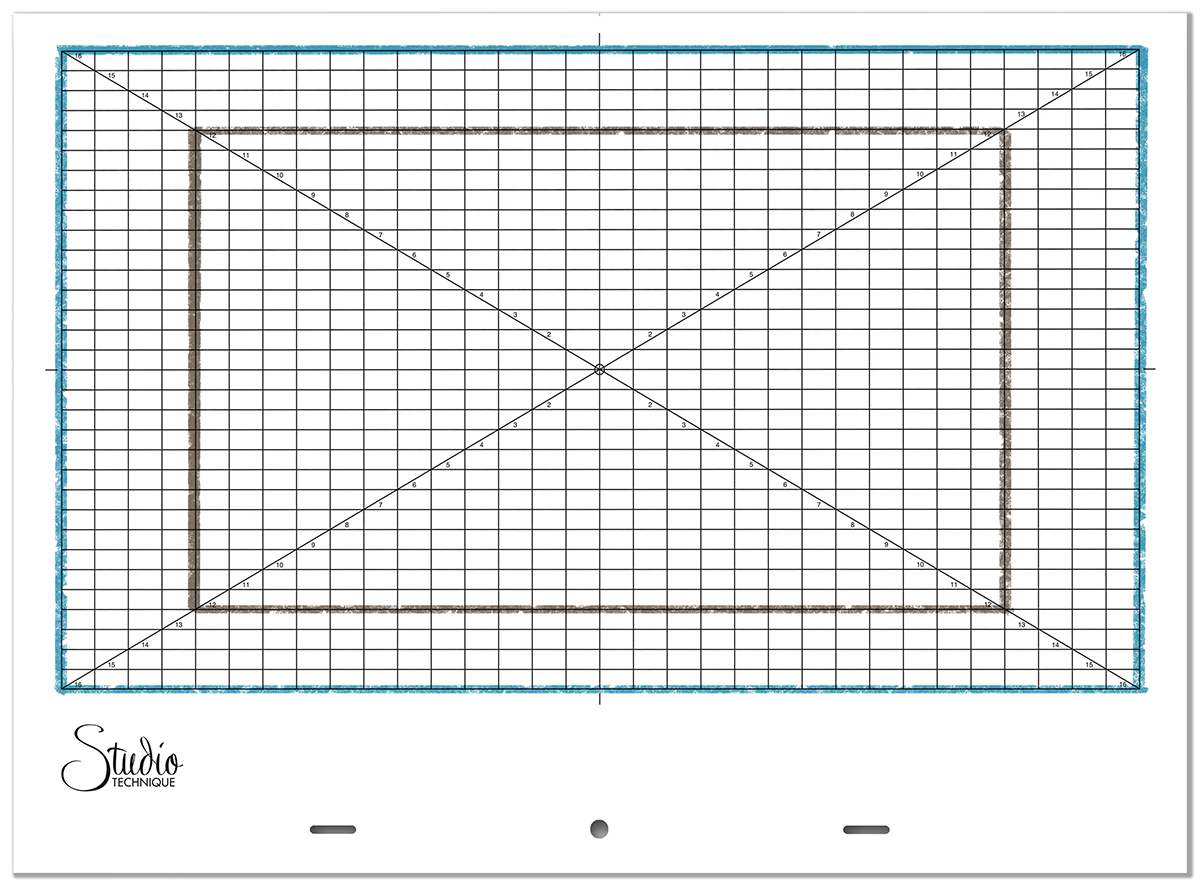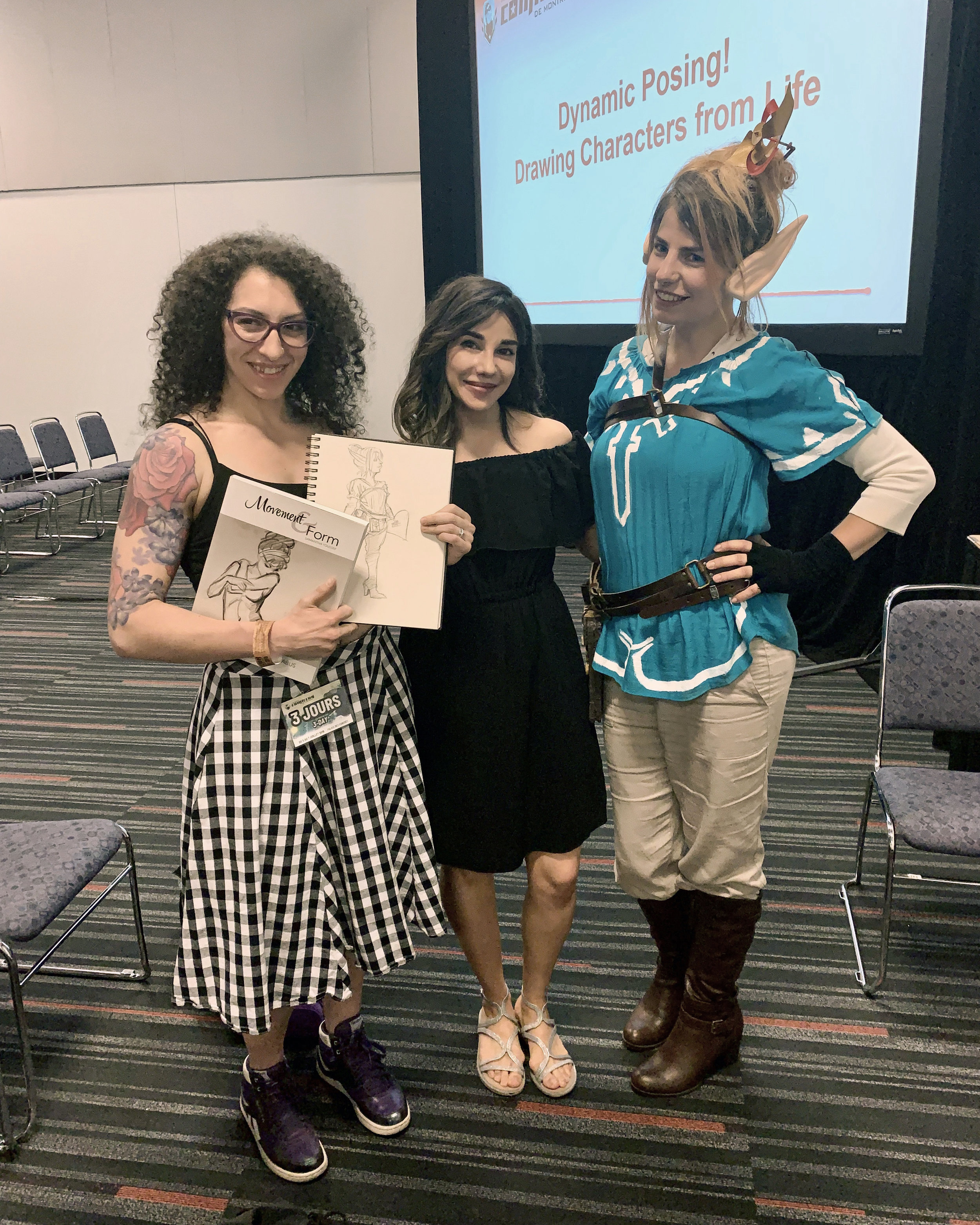2020 has been a challenging year for many artists. I hope you are all staying safe and doing well during this time. Some artists and creators are able to continue their practice from home. However for those that are missing live model drawing sessions at a studio, the exchange and energy of being around your peers, or just feeling lost and struggling with inspiration, it can be a challenging time to supplement those needs. For anyone that is feeling a creative slump as a result of the current times, I thought I'd share a few tips that help me.
Online video streaming of live model sessions
Photo references to practice life drawing
When in doubt, work on technique!
Online art challenges
Online Video Streaming of Live Model Sessions
Many of us are missing our live model drawing sessions. There is no ideal replacement for drawing a model in a studio space, but there have been a lot of video resources on YouTube, Facebook, and other social media platforms. Croquis Cafe has been a long standing figure drawing resource on YouTube. As well, many art galleries and studios have been offering recorded sessions online, with costumed and nude model resources. Search for ones in your community, social media, or your browser.
Video sessions are a great option because you can observe the model moving between the poses, how they shift their weight, and how they settle into a pose. This gives you a better sense of where they were coming from and what they are moving into, so you can bring that insight into your drawings. These are valuable observations that we benefit from in a live studio, so having a video resource is the next best thing!
Photo References to Practice Life Drawing
Another option for your life drawing practice is to use photos for reference. When drawing from photos, make sure you are not copying but analyzing! If you are working on improving your gesture drawing and pose analysis, this is essential to your approach.
There are many photo references that can be found. I have always enjoyed Live Model Books' collection for studio poses because they offer a 360 degree view of the pose. They are my favourite photography resource for model drawing. When you are analyzing and not just copying, having alternate views to really observe what is happening in the pose is a huge asset.
I know right now spending money for training can be difficult. Another great option is to search for dance photography. I love to use dance poses when I am teaching. They are dynamic and have beautiful lines, which is fantastic for developing your eye to understand beautiful posing.
When in Doubt, Work on Technique!
I am often working on production artwork, but am always looking for time to create my own work. Or perhaps update aspects of my portfolio. However sometimes when left to your own devices it can be challenging to come up with ideas of what you want to work on next. When I'm in a creative slump and can't find inspiration or an idea for a new piece or an illustration, I go back to working on something technical, either a drawing technique I need to work on, some lessons I needed to practice, some creature or palaeontology studies... Just the act of doing something and getting some artwork done, not only helps refine your technical abilities, but I find it gets me starting and finishing something, and that usually leads to me unblocking whatever is preventing me with coming up with an idea.
Online Art Challenges
These are fun little challenges on social media. They can connect you with other artists, and find joy in participating and appreciating the art of the online community. If you're feeling blocked or in a creative slump, they can give you an assignment to help get you going. I find that once in a while these are a fun pick me up and give me direction on what to work on if I feel stuck!
Disclaimer: I very much enjoy participating in these challenges but I urge caution when participating in fan artwork challenges with characters that are not your property. I have created fan art pieces myself, but with that said, value your abilities and skills. It's important to respect yourself and your work, these challenges should not be opportunities to create free artwork for third parties. Use your discretion but this is something to be mindful of should you elect to create fan artwork. You are offering a free shout out via your art, and your art has value!
Thank you to all of you that are staying home and helping reduce pressure on our healthcare systems. I also want to thank everyone who has been contributing to keeping people healthy, providing services to keep us going as best as possible, and those who are sharing and offering what they can to help keep spirits up!
I hope these tips can be helpful! I hope you are all doing well, staying safe, and keeping others safe!
































